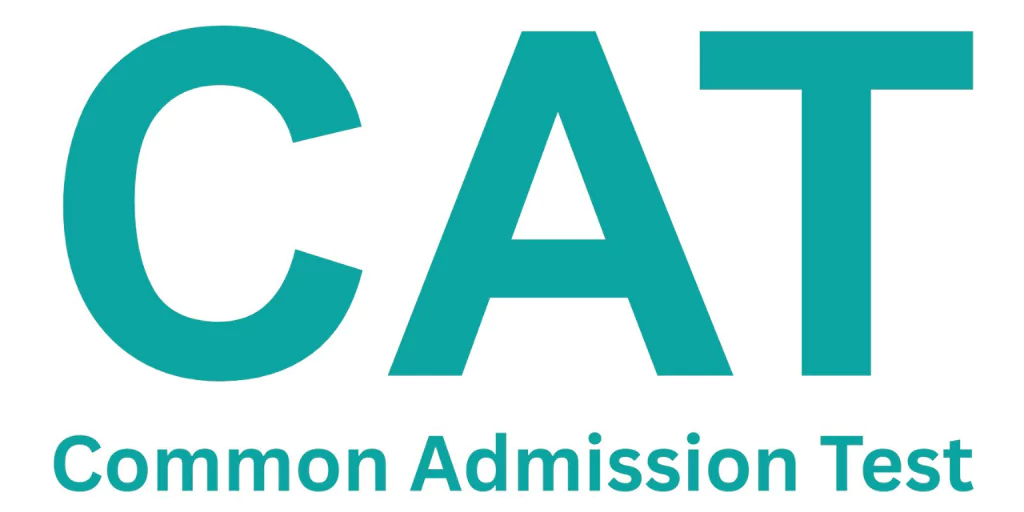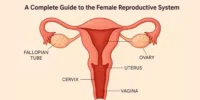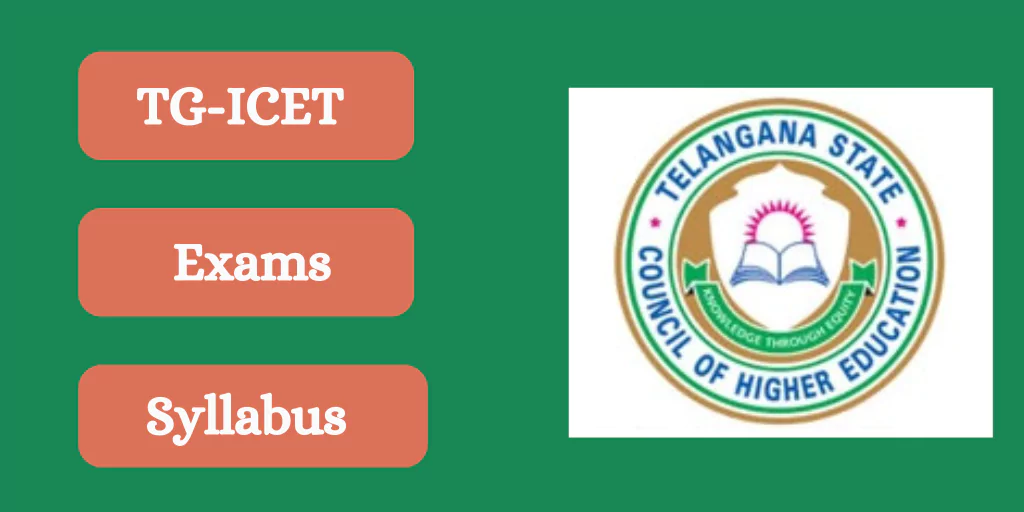The Common Admission Test (CAT) is one of India’s most competitive management entrance tests, administered by the Indian Institutes of Management (IIMs). Every year, approximately 2 lakh people take this exam to gain admission to top-tier business schools like IIMs, FMS, SPJIMR, MDI, and more. Whether you’re a recent graduate or a working professional looking for a high-paying management position, understanding the CAT exam structure, eligibility, and preparation approach is the first step toward your MBA goal.
What is the CAT Examination?

The Common Admission Test (CAT) is a computer-based entrance exam offered by the Indian Institutes of Management (IIMs) for postgraduate management programs such as MBA/PGDM.
Key Exam Features:
Sections:
- VARC – Verbal Ability & Reading Comprehension
- DILR – Data Interpretation & Logical Reasoning
- QA – Quantitative Ability
- Duration: 120 minutes (40 min/section)
PWD candidates get 160 minutes
Marking Scheme:
- +3 for correct MCQs, 1 for incorrect
- No negative marking for TITA (Type In The Answer) questions
Scoring: Scaled scores and percentiles for each section and overall
Frequency: Once a year (e.g., CAT 2024 was held on November 24, 2024)
Who is Eligible for This Exam?

To apply for CAT, candidates must fulfil the following criteria:
Education:
- Bachelor’s degree with at least 50% marks (45% for SC/ST/PwD)
Final Year Students:
- Eligible to apply; must produce proof of passing by June next year
Age Limit:
- No age limit and no restriction on the number of attempts
Work Experience:
- Not mandatory, but can strengthen B-school applications
How Can We Prepare for This Exam?

Section-wise Preparation
VARC:
- Read editorials, business articles, and practice RC sets
DILR:
- Focus on logical puzzles, tables, graphs, and data caselets
QA:
- Strengthen core concepts in Arithmetic, Algebra, Geometry, and Number Systems
Mock Tests & Time Management
- Take full-length mock tests weekly
- Analyse performance to refine strategy
- Practice under timed conditions (40 minutes per section)
Resources
- Recommended books: Arun Sharma, Nishit Sinha, RS Aggarwal
- Coaching & platforms: IMS, TIME, Career Launcher
- Daily reading for current affairs and vocabulary building
Post-CAT Prep (WAT-GD-PI)
- Prepare for Written Ability Test, Group Discussions, and Personal Interviews
- Build your profile—extracurriculars, leadership roles, internships, etc.
What Types of Jobs Can Be Done After This Exam?
Clearing CAT and completing an MBA opens up a world of high-paying, impactful roles in business and management:
Top Career Paths
- Management Consulting (McKinsey, BCG, Bain)
- Investment Banking & Finance (Goldman Sachs, JP Morgan)
- Marketing/Product Management (Amazon, Google, Hindustan Unilever)
- Corporate Leadership Programs (Reliance, Tata, Mahindra)
- Entrepreneurship – Startups & incubators
- Business Analytics & Data Science
Average Starting Monthly Salaries (India)
| Specialization | Avg. Salary (₹) |
|---|---|
| Marketing | ₹65,000 |
| Finance | ₹60,000 |
| Operations | ₹63,000 |
| IT / Analytics | ₹45,000 – ₹48,000 |
| HR | ₹43,000 |
| Healthcare/Event Mgmt. | ₹45,000 – ₹50,000 |
Sample FAQs
Q: What is the full form of CAT?
A: CAT stands for Common Admission Test.
Q: How many sections are in CAT, and how long is the exam?
A: Three sections—VARC, DILR, QA—each lasting 40 minutes; total 120 minutes.
Q: Is there an age limit or attempt restriction?
A: No age limit exists, and you can appear any number of times.
Q: Can I apply if I’m in the final year of graduation?
A: Yes—if you can submit graduation marks by June next year.
Q: What career options are available after CAT and MBA?
A: Careers in consulting, finance, operations, marketing, analytics, entrepreneurship, and corporate leadership training programs.
Conclusion
The CAT exam is more than just an admission exam; it leads to some of India’s most famous management schools. It is possible to achieve high-growth professions in a variety of industries via concentrated preparation, clever planning, and consistent execution. After passing the exam, you’ll move on to college shortlisting, WAT-GD-PI rounds, and establishing a successful career.






